
For a runner to compete at the highest possible level, it takes a good understanding of the relationship between energy systems and training systems. During the last three weeks of the competitive season, known as the peaking phase, it is desirable to be in the best physical and mental shape of the year.
Coaches and runners on the men’s track and field team take their training seriously to make sure each top runner is competing at the best at the end of the season. That way the top runners are peaking around the Sectional, Regional and State meets.
Assistant coach Erhard “Doc” Bell said he believes in the theory of peaking and its positive impact on the team.
“We rest some of the top athletes in the early meets,” Bell said. “That way they may continue to train and save their best efforts for the end of the season where things really matter.”
Patrick Appleton, track team member and junior, said he doesn’t believe in peaking but agrees that certain steps are needed to be successful at the end of the season.
“I don’t believe in peaking, but I do believe in being mentally burnt out and getting injured,” Appleton said. “This is where rest becomes important.”
With some of the top varsity runners not competing and the coaches trying different race strategies, Appleton said there is a relaxed feeling about the meets early in the season. However, Charlie Watson, track team member and junior said all the meets are treated the same.
“Our team approaches each and every meet with the same philosophy, to win, on both sides, varsity and JV,” Watson said. “Early meets are no exception.”
Along with the top varsity runners gaining mental and physical rest, the runners said there is another advantage to resting the top runners in the early meets. With varsity runners not competing, spots open up for other runners to compete who usually wouldn’t have the chance. During his sophomore year, Watson took advantage of this opportunity to race in a varsity meet.
“Coming from my experience as a runner who worked his way up from JV to varsity during his sophomore year, it’s always a good thing to let other dudes on the team experience the competition of a varsity race,” Watson said.
Appleton also took advantage of his first opportunity to run in a varsity race.
“I originally gained a spot on varsity as a freshman after one of my teammates was rested because of an injury,” said Appleton. “From then on, I held my spot on varsity.”
The method of resting the top varsity runners in early meets has brought much success to the men’s track and field team over the past years. Not only does the method work for this school’s men’s track and field team, but many of the top programs in the state all use the same type of training. Bell said the team is using the same resting method of sitting top varsity runners that was used in the past but plans on tweaking some of the training used this year.
“We have modified our training somewhat this year to what we call the Carmel Distance Training Program,” Bell said. “It involves some longer tempo runs that develop the aerobic capacity of our athletes. Also we stress consistency in training to make the runners more accountable with their training which will make them fit and less likely to develop injuries. The goal is to have peak fitness when it matters later in the season.”
The team must wait and see the results to tell if the new Carmel Distance Training Program is effective. In the past, specific training methods used have been successful in turning out a State Champion in the 4 x 800 relay, a State Champion at the 1600-m run, and two runners-up at 1600-m and 3200-m runs. Bell said the team also produced several All-State performances. All of the resting, training and new programs have a purpose: to win a State Championship. Bell, Appleton and Watson all agree that is the main focus down the road.
“No matter what training technique we use, our coach, Doc Bell, makes the final decision, and whichever option he chooses, I will respect it,” Watson said. “At the end of the day our goal is to win a State Championship.”


















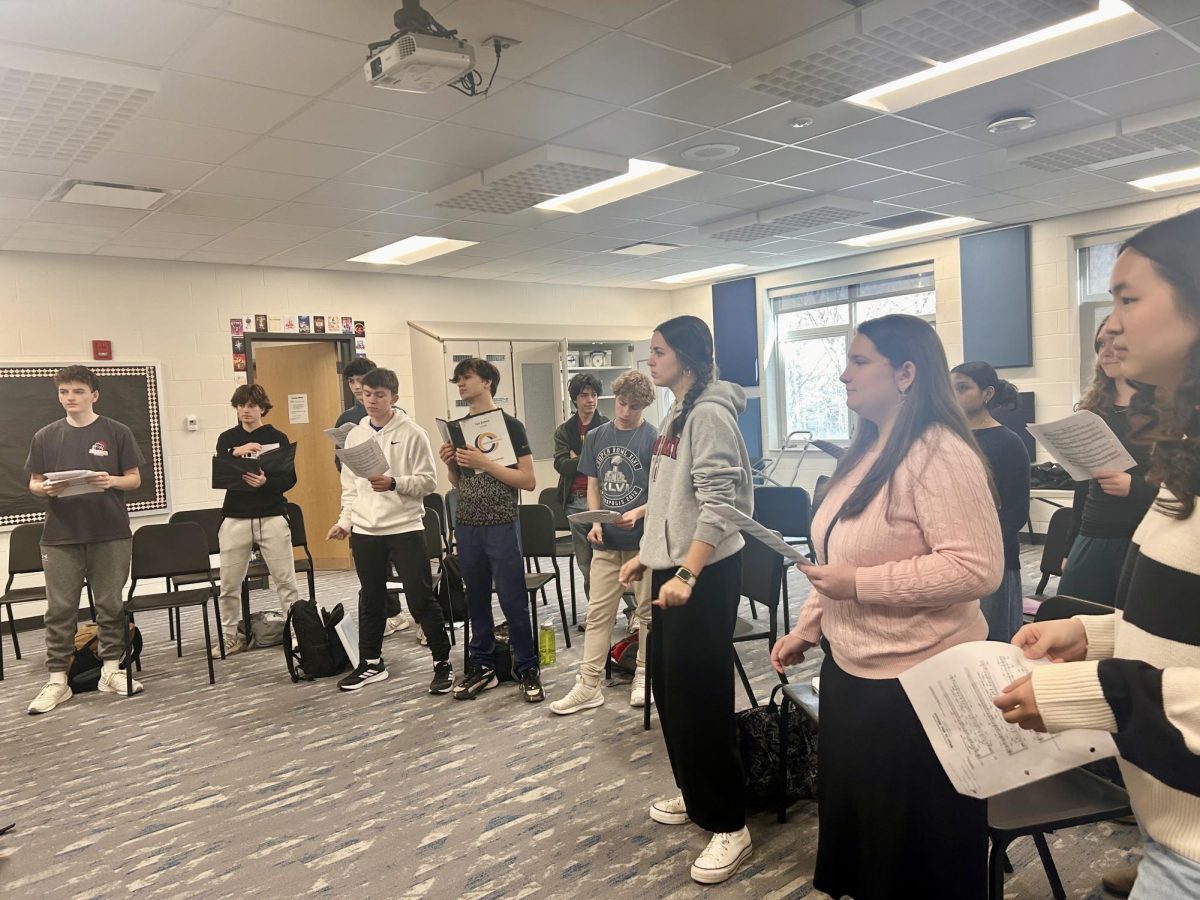

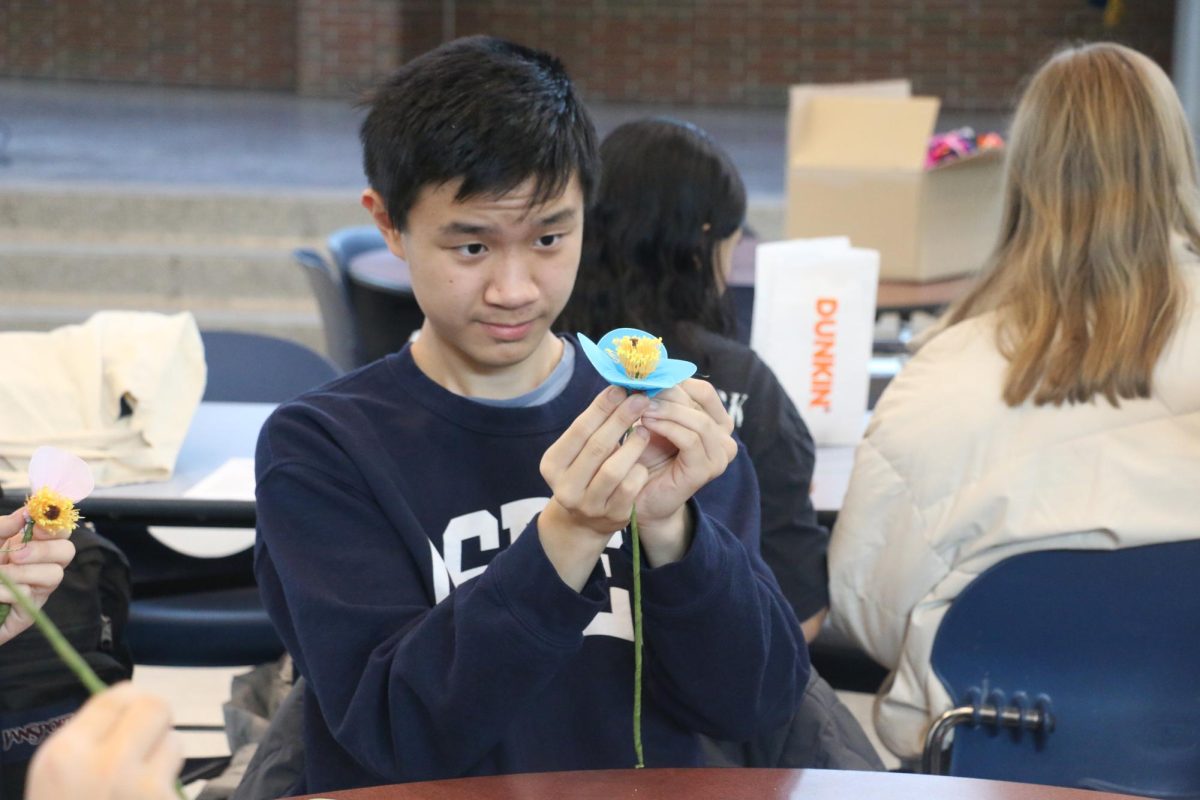



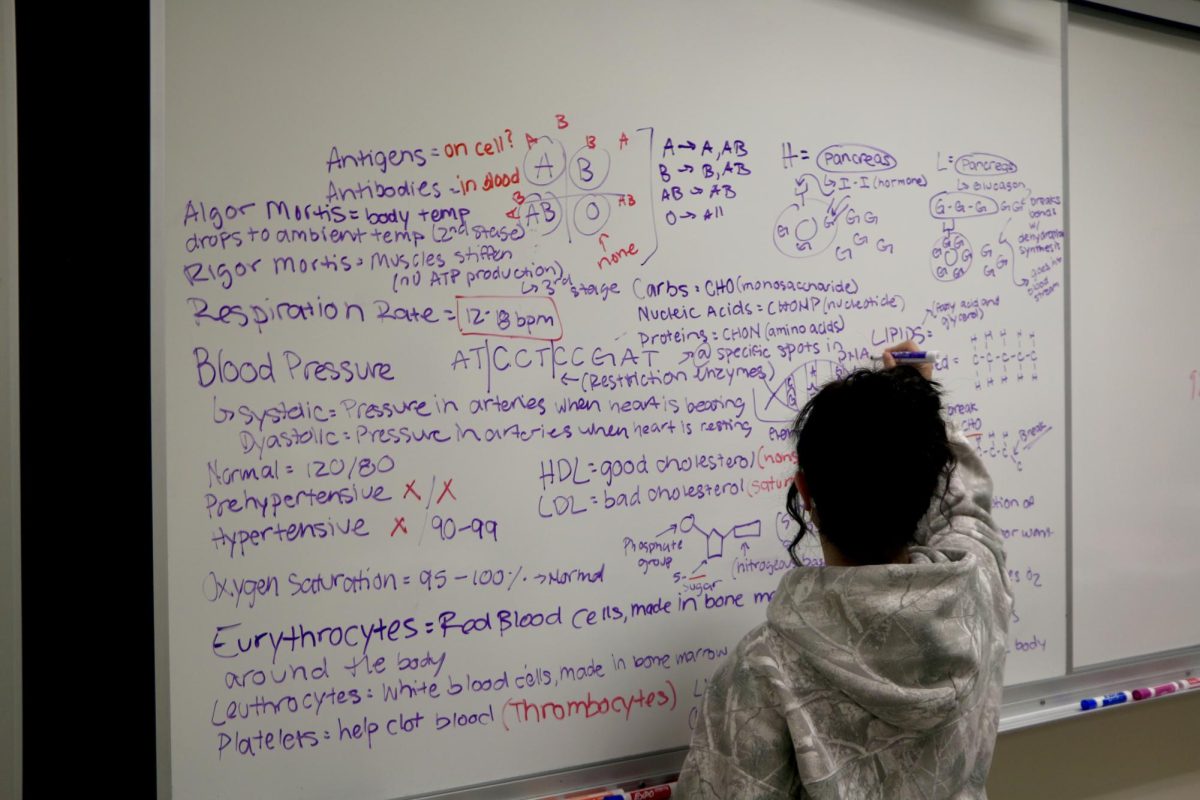
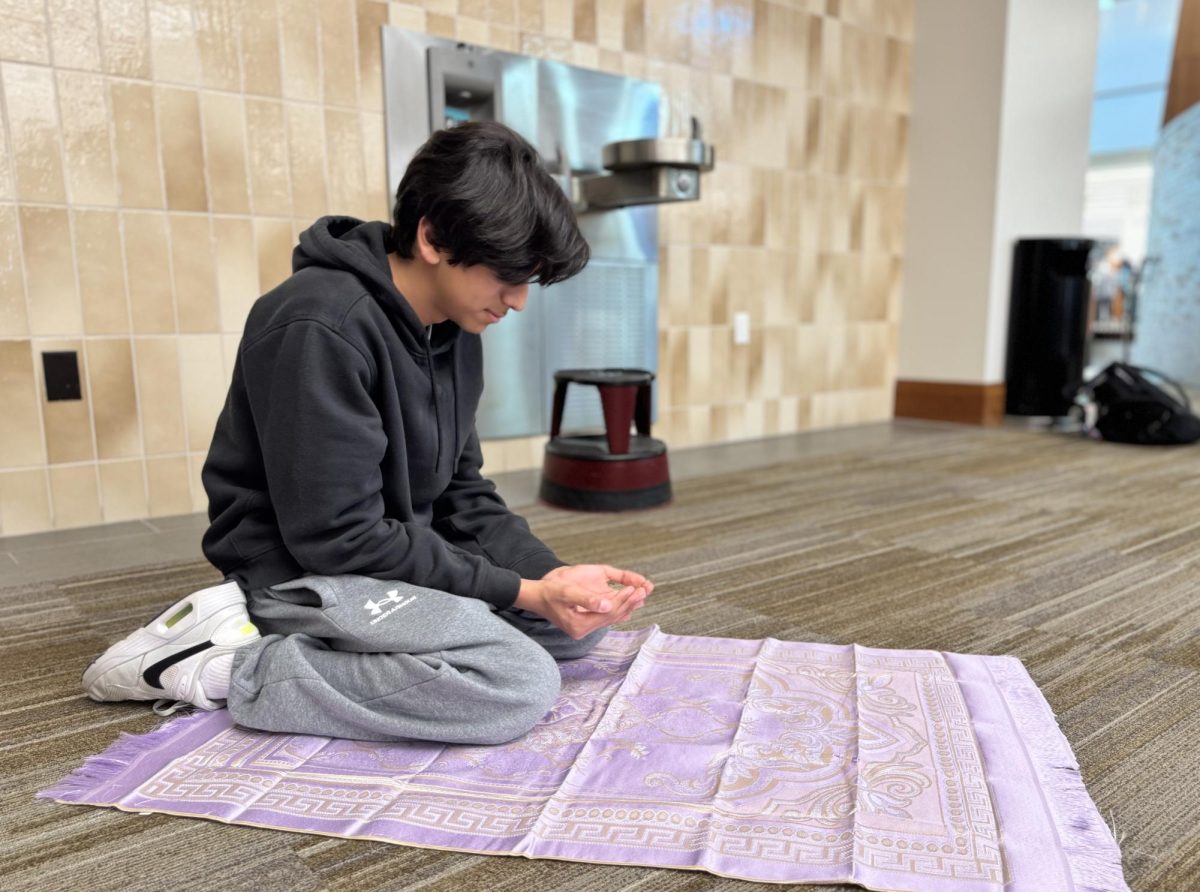



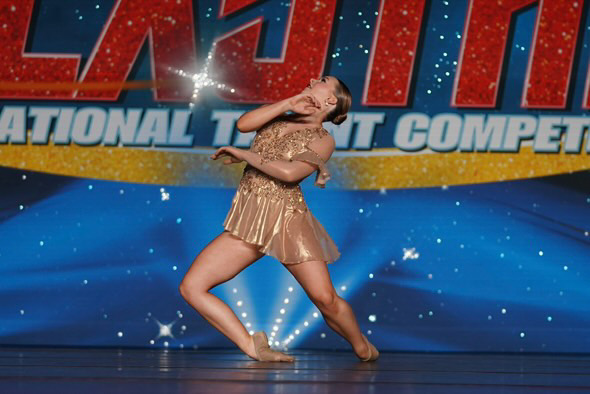

![AI in films like "The Brutalist" is convenient, but shouldn’t take priority [opinion]](https://hilite.org/wp-content/uploads/2025/02/catherine-cover-1200x471.jpg)













































![Review: “The Immortal Soul Salvage Yard:” A criminally underrated poetry collection [MUSE]](https://hilite.org/wp-content/uploads/2025/03/71cju6TvqmL._AC_UF10001000_QL80_.jpg)
![Review: "Dog Man" is Unapologetically Chaotic [MUSE]](https://hilite.org/wp-content/uploads/2025/03/dogman-1200x700.jpg)
![Review: "Ne Zha 2": The WeChat family reunion I didn’t know I needed [MUSE]](https://hilite.org/wp-content/uploads/2025/03/unnamed-4.png)
![Review in Print: Maripaz Villar brings a delightfully unique style to the world of WEBTOON [MUSE]](https://hilite.org/wp-content/uploads/2023/12/maripazcover-1200x960.jpg)
![Review: “The Sword of Kaigen” is a masterpiece [MUSE]](https://hilite.org/wp-content/uploads/2023/11/Screenshot-2023-11-26-201051.png)
![Review: Gateron Oil Kings, great linear switches, okay price [MUSE]](https://hilite.org/wp-content/uploads/2023/11/Screenshot-2023-11-26-200553.png)
![Review: “A Haunting in Venice” is a significant improvement from other Agatha Christie adaptations [MUSE]](https://hilite.org/wp-content/uploads/2023/11/e7ee2938a6d422669771bce6d8088521.jpg)
![Review: A Thanksgiving story from elementary school, still just as interesting [MUSE]](https://hilite.org/wp-content/uploads/2023/11/Screenshot-2023-11-26-195514-987x1200.png)
![Review: "When I Fly Towards You", cute, uplifting youth drama [MUSE]](https://hilite.org/wp-content/uploads/2023/09/When-I-Fly-Towards-You-Chinese-drama.png)
![Postcards from Muse: Hawaii Travel Diary [MUSE]](https://hilite.org/wp-content/uploads/2023/09/My-project-1-1200x1200.jpg)
![Review: "Ladybug & Cat Noir: The Movie," departure from original show [MUSE]](https://hilite.org/wp-content/uploads/2023/09/Ladybug__Cat_Noir_-_The_Movie_poster.jpg)
![Review in Print: "Hidden Love" is the cute, uplifting drama everyone needs [MUSE]](https://hilite.org/wp-content/uploads/2023/09/hiddenlovecover-e1693597208225-1030x1200.png)
![Review in Print: "Heartstopper" is the heartwarming queer romance we all need [MUSE]](https://hilite.org/wp-content/uploads/2023/08/museheartstoppercover-1200x654.png)

